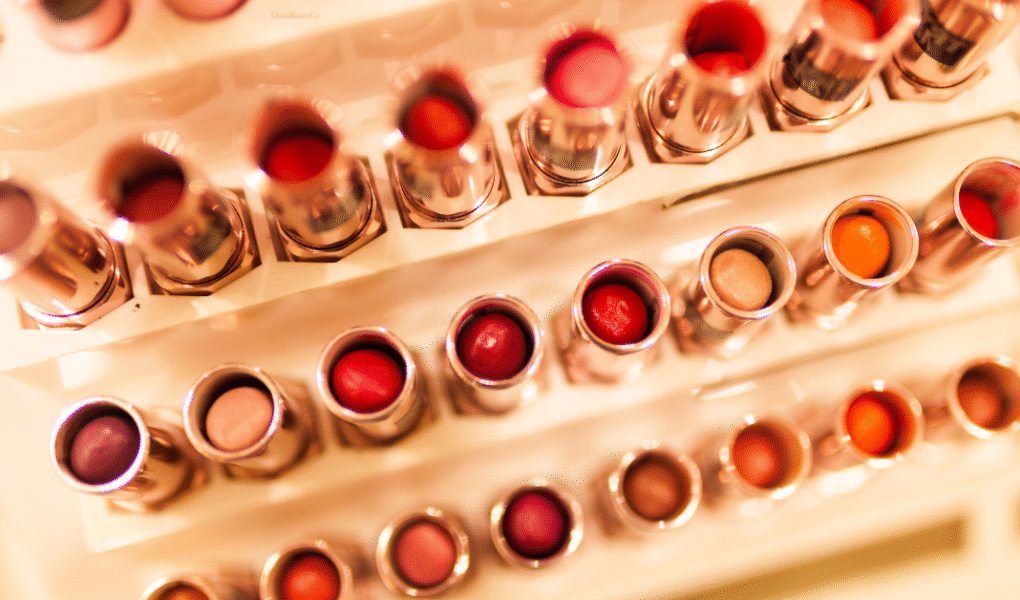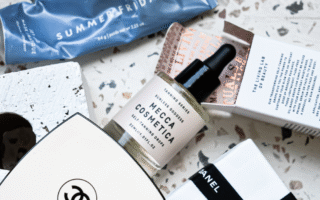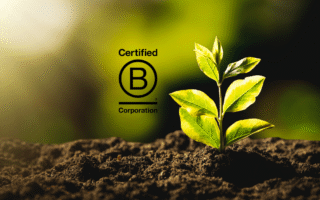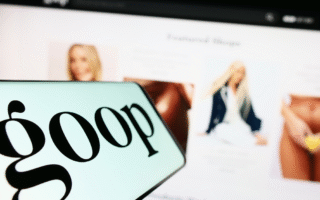Just days after Clean Beauty Co. published a piece exploring the relevance of the “lipstick index” in today’s economy, Leonard Lauder—the man who gave the phenomenon its name—passed away at age 91.
Lauder, the eldest son of Estée Lauder, helped transform a family-run cosmetics company into one of the most powerful forces in global beauty. While his brother Ronald also held leadership roles early on, it was Leonard who led the company’s major expansion, acquisitions, and eventual IPO. Under his leadership, The Estée Lauder Companies acquired some of the most culturally iconic brands in the industry, including MAC Cosmetics, Bobbi Brown, and Aveda.
While Leonard Lauder popularized the term lipstick index, the underlying insight—that women often indulge in small luxuries during economic downturns—was first presented by economist Juliet B. Schor. Lauder didn’t exactly invent the idea, but he recognized its resonance and gave it a name the industry would never forget.
Estée herself remains one of the most fascinating figures in the history of prestige beauty. While Charles Revson of Revlon is often credited with pioneering the high-margin model of mass glamour, Estée Lauder refined it—especially in skincare. Her brilliance lay in pairing luxury formulations with elevated counter experiences and emotionally compelling storytelling.
And nowhere is that legacy more beautifully embodied than in the brand’s ongoing relationship with Paulina Porizkova. At 60, the supermodel remains stunning, self-aware, and refreshingly candid—living proof that beauty doesn’t expire. As a spokesmodel, Paulina helped define the image of Estée Lauder for a generation—and, in many ways, continues to. Like many teens in the late 80s, I saw Estée Lauder as the ultimate in elegance, which only made it more desirable. That feeling had everything to do with Paulina Porizkova, whose beauty helped define aspiration itself.
Is Estée Lauder a ‘clean’ beauty brand? Not exactly. But is it transparent? Yes—and that distinction matters. The company discloses its animal testing policies and lists ingredients with more clarity than many of its luxury peers (Estée Lauder Companies even publishes a glossary of common ingredients). According to Supply Chain Digital, 95% of its palm-based ingredients are now certified sustainable by the Roundtable on Sustainable Palm Oil (RSPO).
Still, this legacy model—luxury priced not just by ingredients, but by narrative—raises interesting questions for today’s ingredient-savvy consumer. Take Crème de la Mer, for example: arguably the most profitable product line in the Lauder portfolio. The mythology around its “miracle broth” is powerful, but the formula itself has been critiqued as being less about rare ingredients and more about a business model built on margin.
That’s not a criticism—it’s a reflection of a model that worked brilliantly for decades.



